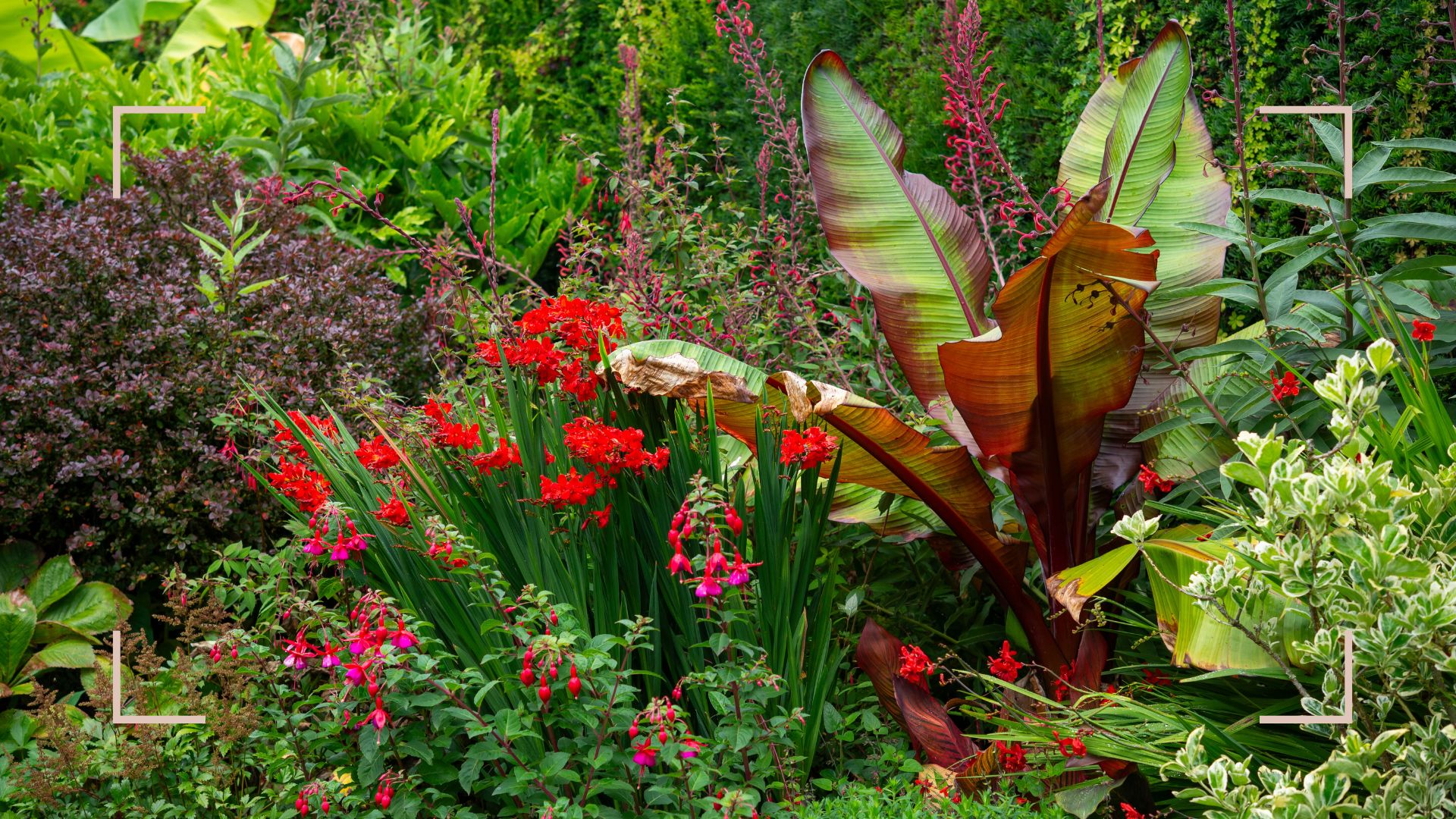
The woolly hats and scarves are out in full force, which can only mean one thing: winter is almost here. But we shouldn't just be wrapping ourselves up warm – learning how to protect banana plants in winter is vital for anyone who wants this tropical tree to survive the temperature dip.
It should come as little surprise that the banana plant is on the list of tender plants you need to bring indoors this autumn. It is, after all, one of those alluring plants that's famed for their tropical status and lush foliage.
Of course, it's not always possible to haul a banana plant undercover – especially as these fast-growing plants can get pretty big without much effort. So, how to help yours to best survive the chillier temperatures over the months ahead?
How to protect banana plants in winter
Keeping banana plants happy when the weather outside is frightful looks a little different to overwintering lavender and olive trees. "Most banana plants are tender and won’t survive frost, so it is safest to bring them indoors over winter," explain the experts at the Royal Horticultural Society (RHS).
That being said, banana plants can get pretty large in a very short space of time, which might mean that you physically can't bring them indoors. Still, there are ways to winterise yours so it remains the gleaming centrepiece of your quiet luxury garden.
“If you have a hardy banana plant, like the Musa basjoo from Thompson & Morgan, there are some things you can do to protect it from the frost,” says Christopher O'Donoghue, one of the co-directors at Gardens Revived.
With that in mind, then...
1. Cut back the leaves
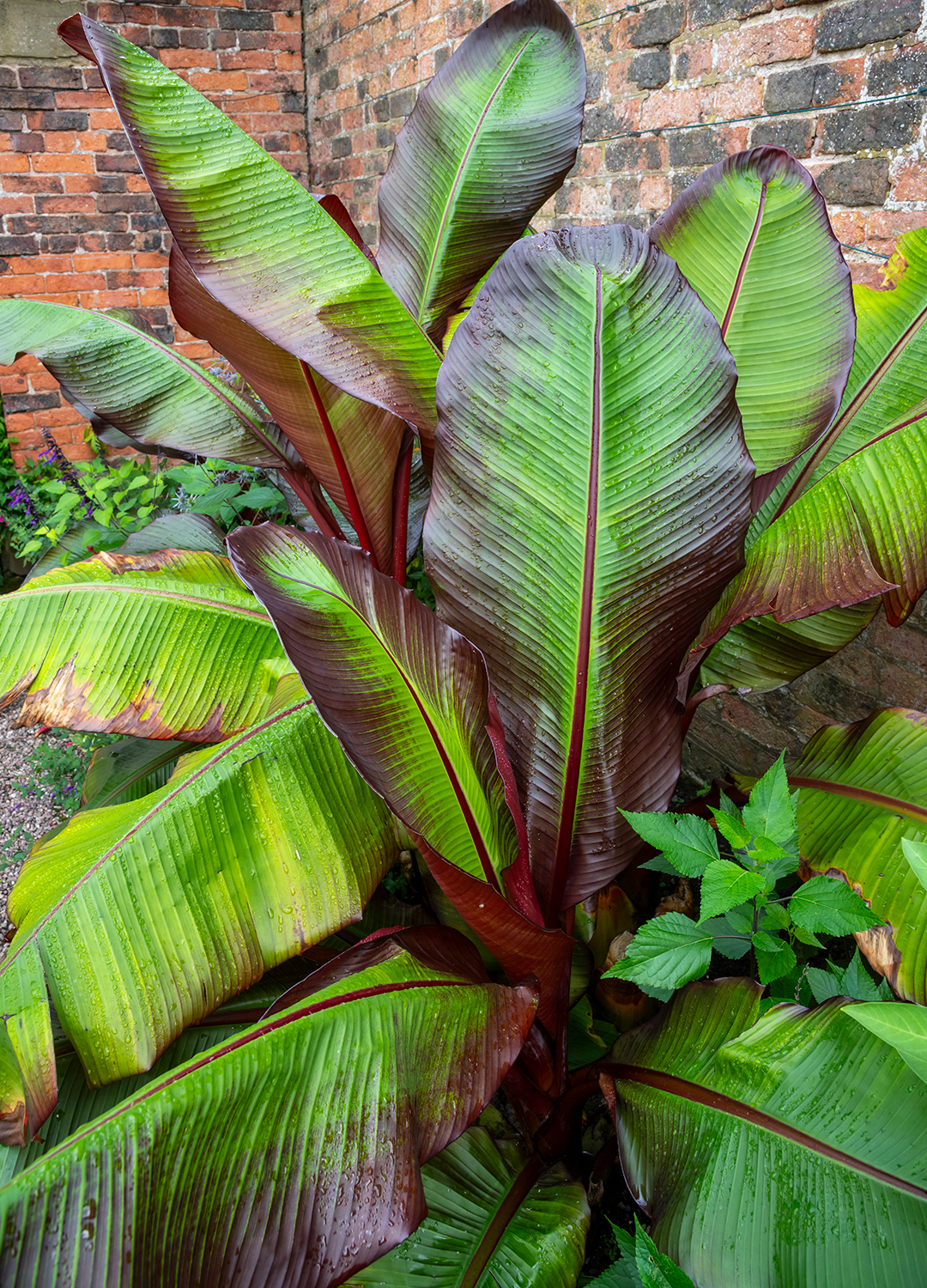
When it comes to a hardy banana tree, one of the easiest ways to protect against frost is to reduce the size of the plant.
"In late autumn, after the first frost has blackened the leaves, cut back the foliage to about 2–3 feet from the ground," says Christopher. The idea is that you're left with just the main stem.
2. Wrap up the stem
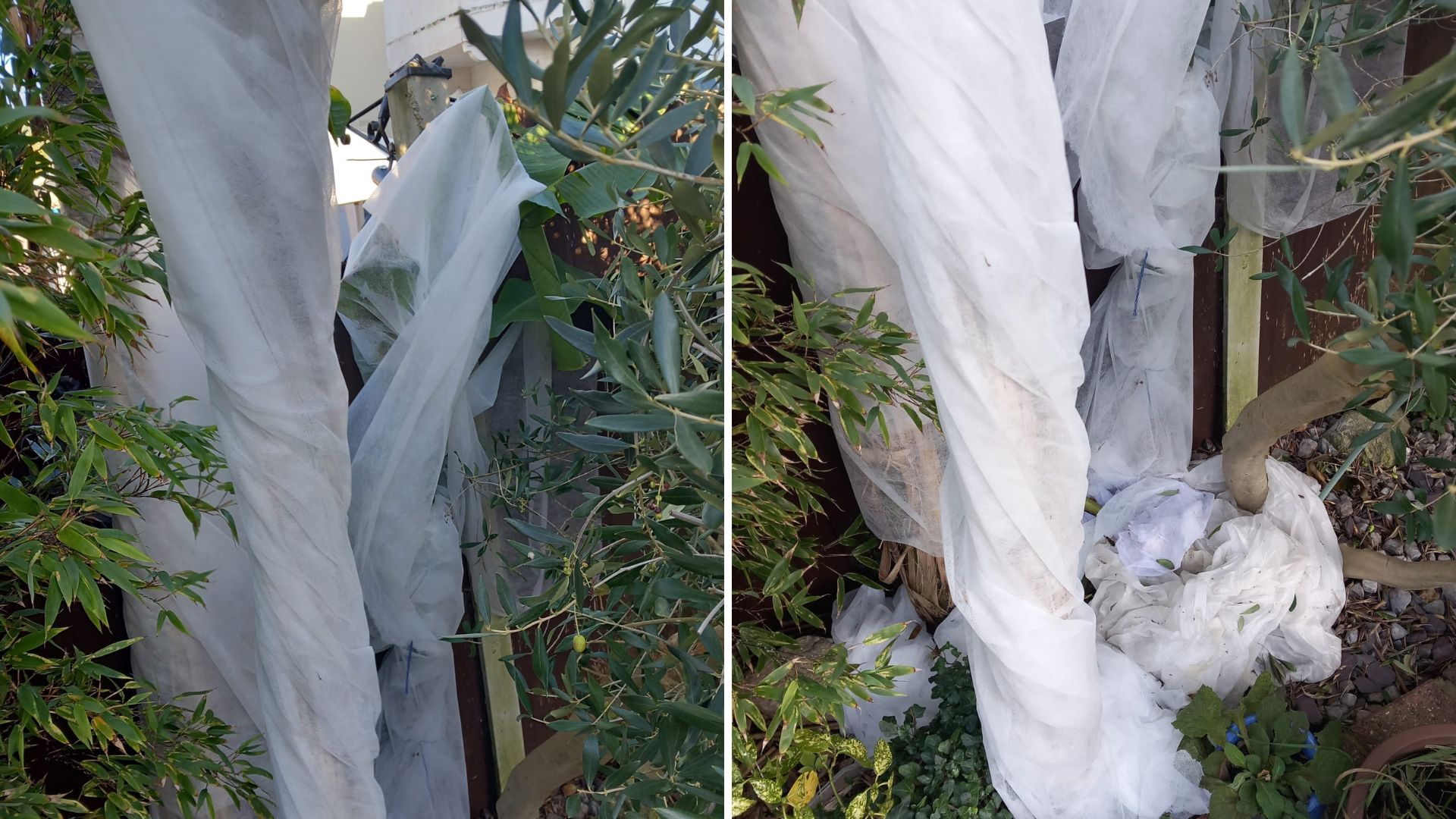
Once you've cut your banana plant back, you can winterise it by wrapping the stem with layers of hessian or burlap fabric roll from Amazon, garden fleece frost from Amazon, or bubble wrap.
"Alternatively, you can use a wire mesh to create a cage around the stem and fill it with dry straw or mulch for insulation," adds Christopher.

RRP: £18.28 | This breathable burlap is an excellent choice when it comes to protecting the base of banana plants – especially as it adds a rustic charm to the whole affair.

RRP: £21.99 | You can use this horticultural fleece to carefully wrap your entire banana plant, protecting its trunk and leaves from sudden cold snaps. It's not the most attractive solution but it is highly effective.
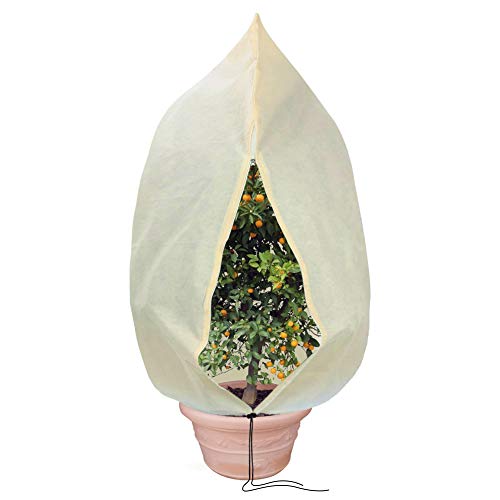
RRP: £18.99 | If you have a small potted banana plant that is on the smaller side, you can use something like this nifty little 'plant jacket' to keep it snug and warm when the temperature drops.
3. Get protective
Mulching is, without a doubt, one of the best things you can do to keep your garden thriving at the best of times – so you'd best believe that it crops up when figuring out how to protect banana plants in winter.
"Spread a thick layer (4–6 inches) of mulch, such as bark, leaves, or compost, around the base to insulate the roots," says Christopher. "And you should also pace an inverted plastic bucket or cloche over the wrapped stem to keep it dry during wet weather," he adds.
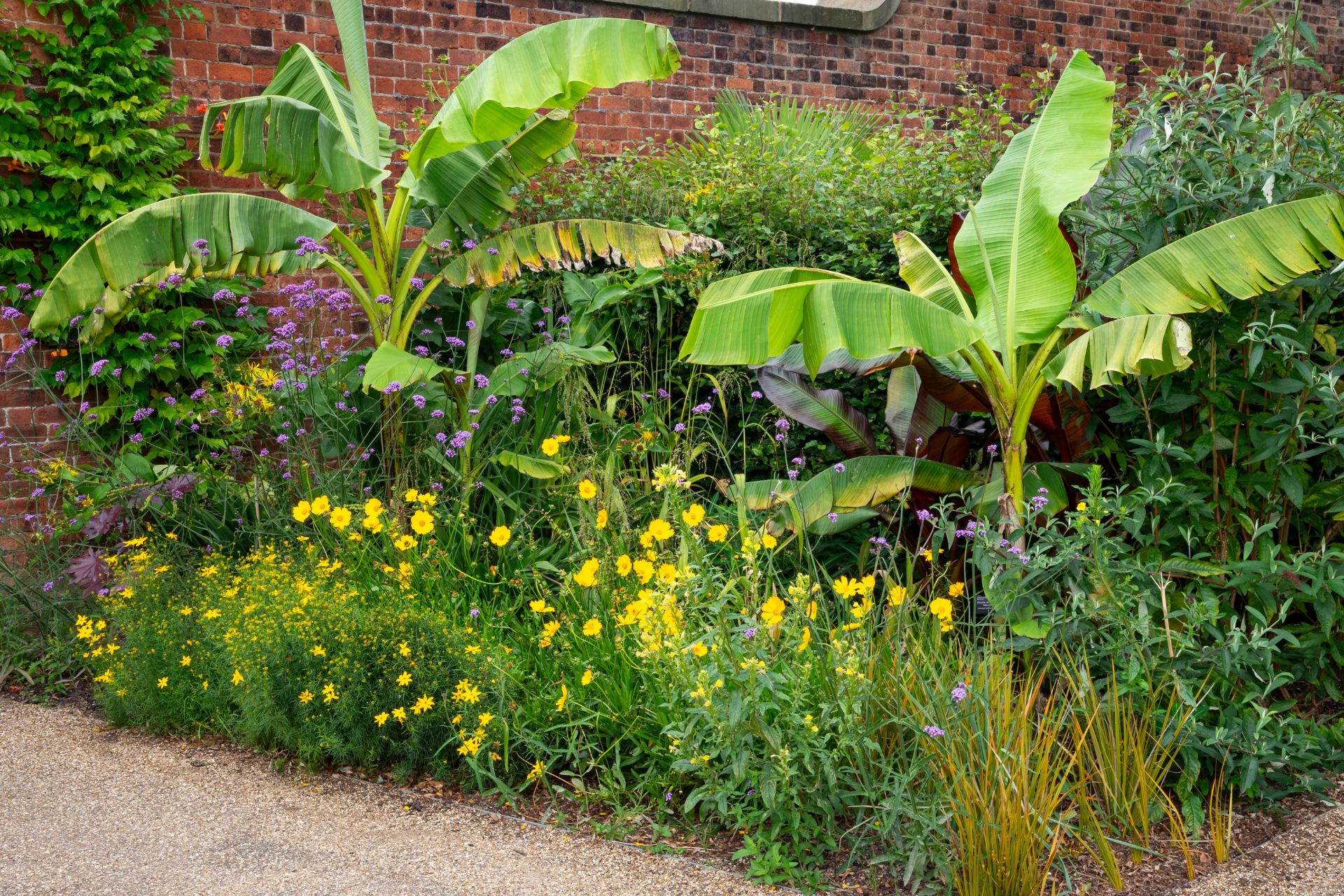
FAQs
How to winterise a banana plant?
If you're working with a tender variety (such as the Dwarf Cavendish), then the best way to winterise a banana plant is to bring it indoors.
"Dig up the plant before the first frost and pot it in a container," says Christopher O'Donoghue of Gardens Revived, who notes that you should keep it in a frost-free place like a greenhouse or conservatory.
Be sure to cut back on watering during the winter to prevent root rot ("the soil should be barely moist," he says) and don't forget to pop them in a location with bright, indirect sunlight.
"Keep checking on your banana plant over the winter, and take care to remove the protective coverings gradually in spring when the risk of frost has passed (usually around late April)," adds Christopher.
Of course, if you want to winterise a hardier variety of banana plants, you can leave it outdoors; just be sure to cut it right back, cover the stem with fleece or hessian, and mulch the soil to protect its root zone.
Are banana plants winter hardy?
Most banana plants are not winter hardy; these tropical beauties prefer warmer climes, so will absolutely need some help to survive the colder months.
"If possible, keep plants in a warm sunny room, conservatory or heated greenhouse over winter," advise the experts at the RHS, who note that you should water banana plants very occasionally when the temperature dips to avoid root rot.
Of course, if you have a slightly hardier specimen of banana plant (Musa basjoo), you can leave it outdoors. Just take care to cut off the foliage, wrap the stem, and mulch around the roots.
"Even if the top growth is severely damaged, bananas may re-sprout from the base in spring, especially well-established specimens," promises the RHS team.
Now that you know how to protect banana plants in winter, you'd best be quick about it! Our breath has already started hanging about us like dragon's smoke come the early mornings, and there are rumours of snow in the air, which means we haven't long to get our banana plants prepped and winterised for the coldest season of all.







